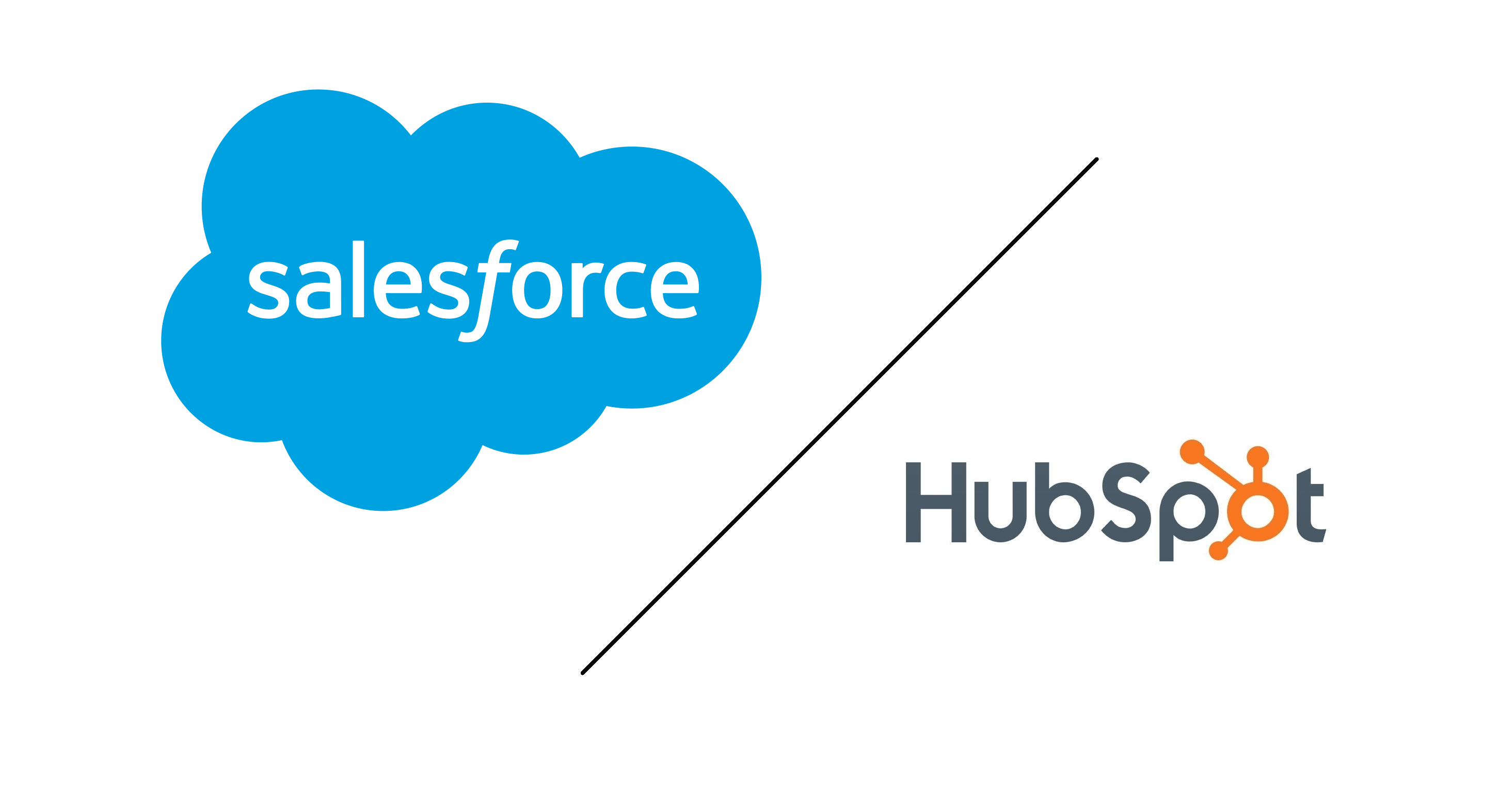Looking to upgrade your CRM and maximize your tech stack? Don’t forget to crunch the numbers on Total Cost of Ownership.
What is total cost of ownership?
Total cost of ownership (TCO) digs deep into both the obvious and sneaky costs of a product or service. It’s a concept from management accounting that looks into other consequences of integrating a product (or a service) beyond just the initial price tag.
When comparing the total cost of ownership (TCO) between HubSpot and Salesforce CRM software, it is crucial to consider various factors beyond just the initial price. Here’s an analysis of the TCO for both platforms:
1. Pricing Structure:
HubSpot: HubSpot offers a free version of its CRM, making it an attractive option for startups and small businesses. Their paid plans start at $50/month for the Starter tier, $890/month for the Professional tier, and $3,200/month for the Enterprise tier.
Salesforce: Salesforce has a starting price of $25 per user per month. However, it’s important to note that additional costs can be incurred for add-ons and advanced features.
Let’s talk about seat pricing: HubSpot’s has a flexible (and transparent) pricing model that provides unlimited view-only seats. This allows you to tailor your access according to your needs. On the other hand, Salesforce’s license structure can result in unexpected costs and restrictions on accessing certain products. Salesforce’s licensing system can cause an organization’s costs to quickly accumulate, which is something to be on the lookout with if you’re looking to scale your operations.
2. Implementation Costs:
HubSpot: Implementing HubSpot CRM typically requires an estimated budget of around $3,000 for Marketing Pro, Sales Pro, and CRM with up to 2,000 contacts and 10 users.
Salesforce: Implementation costs for Salesforce can vary depending on the complexity of the integration and customization required. But it’s recommended you consult with Salesforce experts or partners for accurate estimates. Which, by the way, isn’t free.
Let’s talk speed of implementation: Speed of implementation is a major factor to consider when looking at total cost of ownership–especially when accounting for opportunity cost. Salesforce can take 6 months to a year to implement depending on your complexity, often needing partner support. HubSpot’s pretty easy to set up, all things considered, which allows you to skip a few steps and get set up faster.
3. Integration with Sales and Marketing:
HubSpot: HubSpot offers a comprehensive solution that integrates sales and marketing seamlessly, which allows businesses to track the entire customer acquisition flow and improves efficiency and cost savings.
Salesforce: Salesforce also provides robust integration capabilities, and enables businesses to align sales and marketing efforts in a largely comprehensive manner. However, customization and third-party integrations may be needed to get a full 360* view, which again can incur additional costs.
Salesforce has the edge on sales reporting and forecasting
Salesforce excels in sales reporting and forecasting and even though it’s more expensive at first glance, the forecasting features in Salesforce are cheaper when calculating cost per user.

HubSpot’s reporting does look more modern than Salesforce’s, but Salesforce gets a slight edge here. Their dashboards stand out as a great homebase for users – it gives you a comprehensive view of your entire pipeline at a glance with personalized widgets for tasks, opportunities, and leads.
For those who want straightforward reporting and sales overviews with detailed forecasting, both are definitely usable, but Salesforce just comes out on top.
But HubSpot is more well-rounded when it comes to marketing and multi-channel management
For brands who want an all-in-one sales and marketing tool, HubSpot’s plans have more well-rounded marketing features that, because they were built in house as opposed to bolted on via acquisition, are more seamless. They also come in product bundles instead of separate plan packages, so you get more bang for your buck. For example, Salesforce marketing packages are priced separately and start at $1250/mo. for up to only 10,000 contacts.
Some of the most used examples of HubSpot’s marketing features include:
- Page optimization suggestions
- Email templates
- Marketing automation features based on triggered actions
- The ability to manage and publish to social media accounts
- Website and webpage builder
- Blogging with AI assistance
- Automatic site-wide SEO recommendations
- Website performance analysis and topic suggestions via Google Search Console integration
Salesforce’s AI is more robust, but HubSpot’s AI is easier to use
Salesforce and HubSpot have been all-in on AI for a while now, and both have some of the best-integrated AI features that can save users a ton of time.
Salesforce’s AI engine (Einstein) is available both as a feature or a separate add-on. It can help with text generation, forecasting, assistive bot deployment, conversational bot creation, and workflow automation.

HubSpot’s AI is built right into many of their features. They use an integrated AI chatbot that can help with workflow enhancements, provide data-based insights, and dive into predictive analytics.
Salesforce’s AI assistant is a bit more complex and customizable. But HubSpot’s is simpler and better integrated into its platform, and available for free users too.
So when comparing for total cost of ownership, HubSpot’s AI get’s the edge.
4. Training and Support:
HubSpot: HubSpot offers extensive training resources, certifications, and a supportive community, which can help reduce training costs and improve overall user adoption. Their customer service responds pretty fast, and there’s a large network of Hubspot partners who are also available to support (but partners are an extra outside cost).
Salesforce: Salesforce provides comprehensive training programs and support options, but because of the complexity of how Salesforce integrates its different products, some larger organizations may require additional training or consulting services, leading to higher costs.
5. Scalability and Future Growth:
HubSpot: HubSpot’s pricing plans are designed to accommodate the growth of businesses, allowing for scalability without significant increases in costs.
Salesforce: Salesforce offers flexible pricing options for businesses of all sizes, making it suitable for scaling operations, and while their complexity can be a deal breaker for smaller, growing organizations, if your an enterprise business, odds are Salesforce is going to be worth the cost, since that’s what Salesforce specializes in.
The Bottom Line: While Salesforce remains an excellent choice for many, HubSpot’s transparency, simplicity, and adaptability may provide a more streamlined, cost-effective solution for smaller and fast growing businesses.






